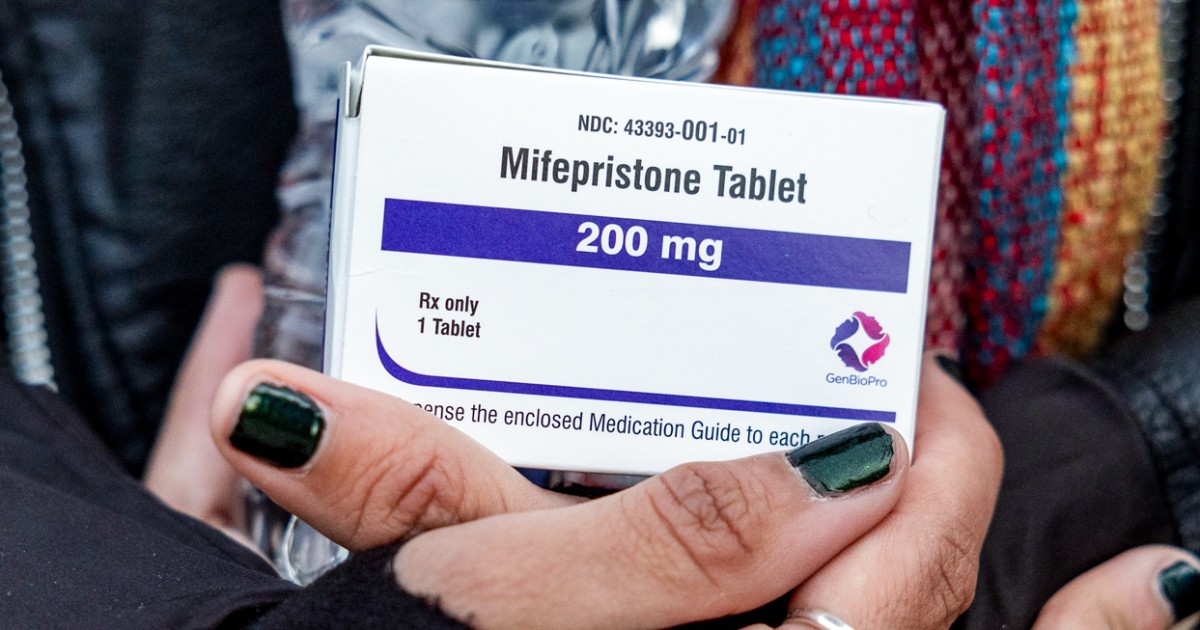
Kaniya was right in the middle of spring finals at college last year when she found out she was pregnant.
“I didn’t have the resources to support a child,” said Kaniya, who asked to use only her first name to protect her privacy. “I wasn’t making enough money financially. I was working multiple jobs. I didn’t have the capacity to care for a child.”
The now-21-year-old made a difficult decision to have an abortion. Her first choice was to do it near her family so she would have their support and care. But they lived in Kentucky, a state that implemented a near-total abortion ban after the Dobbs decision two years ago.
Kaniya tried to make an appointment near her Maryland home. But every clinic she called was booked for weeks, she said. The wait time was likely the result of an influx of women from states with strict bans, according to the Guttmacher Institute, a research group that supports access to abortions.
“You had to wait at least a month,” she told NBC News. “I even thought about traveling an hour away and still couldn’t get an appointment.”
After connecting with advocacy groups for help, she made the decision to have an abortion without a doctor or clinic visit, a process known as a self-managed abortion. Most commonly, women use the abortion pills mifepristone and misoprostol.
“Someone got the pills for me from one of the organizations that I connected with,” she said. “I didn’t have to pay for anything. Even though I was working multiple jobs, this can be a lot of money.”
As more states implement abortion restrictions, the number of women undergoing self-managed abortions is rising, according to a new study from the research group Advancing New Standards in Reproductive Health at the University of California, San Francisco.
Researchers surveyed 7,000 women ages 15 to 49 and found that in the year before the Dobbs decision, 2.4% reported self-managing abortions. In the year after Dobbs, that percentage increased to 3.4%, according to the report published recently in JAMA Network Open.
That increase comes as new research finds the average number of abortions per month is also rising. According to #WeCount, a research project from the Society of Family Planning, a group that supports abortion rights, the number of abortions nationwide reached 100,000 in January for the first time since the group began tracking two years ago. For the report, released Wednesday, the researchers collected data from clinics and abortion providers nationwide between April 2022 and March 2024.
“If we make abortion more difficult to access, it doesn’t mean that people are going to need an abortion less frequently,” said epidemiologist Lauren Ralph, associate professor of OB-GYN and reproductive sciences at UCSF and one of the authors of the study on self-managed abortions. “We see the opposite. The onus is really on the health care system and lawmakers to make sure we connect people to safe and effective methods, rather than restricting access.”
Ralph’s study, based on surveys given to different groups of women around the country in 2021 and 2023, found that the most common methods women reported using for self-managed abortions were herbs, emergency contraception, alcohol and drugs, and even self-harm, including hitting themselves in the stomach.
Slightly fewer women used the abortion pills misoprostol and mifepristone.
Nearly 1 in 5 needed treatment from a doctor or nurse, but few needed emergency care from a hospital, according to the study. The most common complications were bleeding and pain.
“In terms of serious side effects, we did not see too many,” she said. “Maybe they don’t have the outcome that they wanted. It just wasn’t effective.”
Dr. Nisha Verma, a Georgia OB-GYN and complex family planning specialist, said some women self-manage because they prefer privacy and confidentiality or have had negative experiences with the health care system.
But many whom she sees in her Atlanta office are forced to manage their own abortions because they live in a state with a six-week ban and don’t have the means to travel out of state.
“I see every day in my patients the utter relief when I am able to provide them with the abortion care they need, and I also see the desolation in the eyes of those for whom I am not able to provide care,” said Verma, who is a fellow with the American College of Obstetricians and Gynecologists. “For those, their options for abortion care are self-managing an abortion. This can be done using safe, reliable accessing of mifepristone and/or misoprostol, though some patients may not be aware or able to access this method.”
Awareness is what Susan Yanow focuses on.
For nearly a decade, she has worked with organizations like SASS — Self-Managed Abortion; Safe & Supported, a global nonprofit that provides information and access to medication abortions. While much of her time had been focused on international advocacy, that changed when Donald Trump was elected in 2016, sparking fears that Roe v. Wade would be overturned. She was right.
“This came on the heels of research at that time showing that almost half of people of reproductive age did not know there was such a thing as abortion pills,” she said. “So we started a two-hour training that explains how the pills are used. It is information and not advice. So it can be shared in any state.”
Nearly two-thirds of abortions in the U.S. are now medication abortions, according to the Guttmacher Institute. The process involves taking mifepristone followed by misoprostol, which can be taken up to two days later.
Despite legal challenges, doctors maintain that both misoprostol and mifepristone are safe medications. Complications are rare, but can include blood clots in the uterus, infection and pregnancy tissue left in the uterus.
“There is abundant evidence demonstrating that early medication abortion with mifepristone and misoprostol — or misoprostol alone when mifepristone is not available — is safe and effective when people have access to quality medicines, use them according to evidence-based guidelines and are aware of how to recognize and seek care for uncommon complications,” said Dr. Monica Dragoman, an obstetrician-gynecologist with the Mount Sinai Health System in New York.
In 2022, the World Health Organization updated its guidance,recommending that self-management with these medications should be an option for women up to 12 weeks pregnant.
“So given how safe they are, people can use them on their own if they understand how to use them,” Yanow said.
She’s now working to “demedicalize” and take the stigma out of using the pills.
“We have people driving 1,000 miles to get these pills and drive back and take them at home because they think they have to have a doctor involved,” she said. “The reality is the pills are taken at home. The cramping and the bleeding happens at home. Doctors aren’t there during a miscarriage, which happens at home. So, the myth that has been perpetuated because of regulations and fear and stigma and anti-abortion policies is that a clinician has to be involved, and they don’t.”
Kaniya said that during her experience, she never felt like she needed a doctor. The worst side effects included nausea, vomiting, fatigue and cramping, all of which lasted about five hours. She had a few close friends around for support and felt relieved that she wouldn’t have to go to a clinic where she might run into protesters or someone she knew.
“I don’t have to deal with a lot of people,” she said. “I can allow as many people as I want in this space. I can let people in on my own terms.”

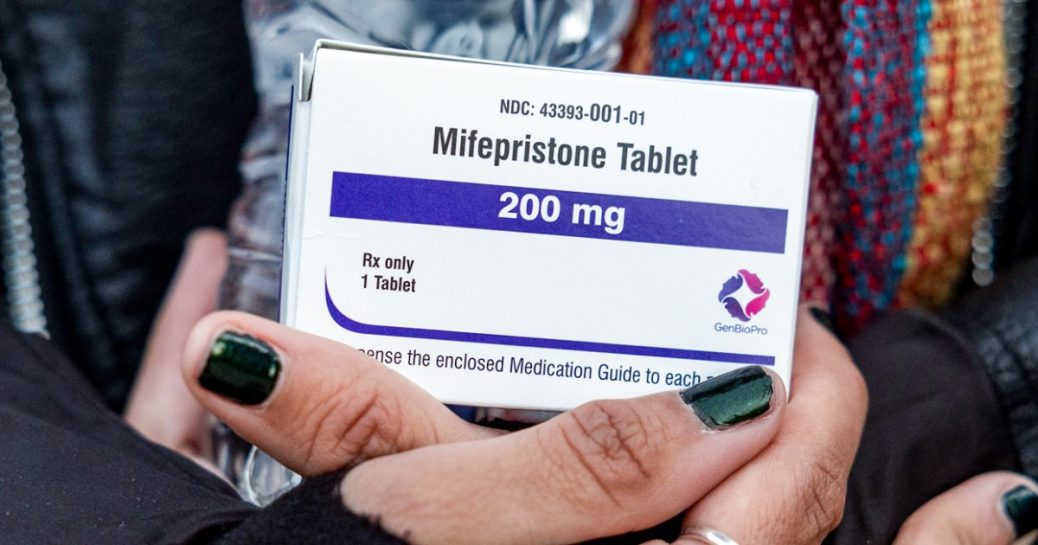

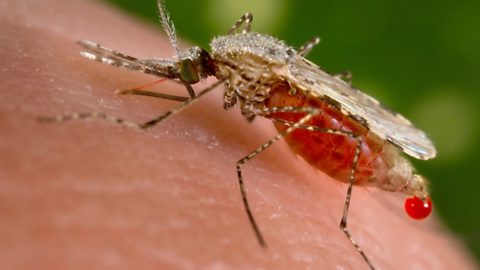

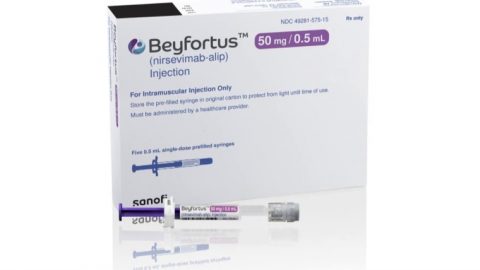

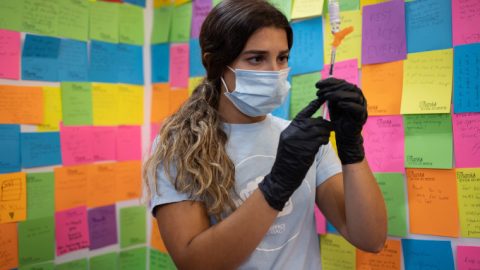


Recent Comments